Structuring the Chinese Dream
Updated: 2014-01-25 08:08
By Robert Lawrence Kuhn(China Daily)
|
||||||||
Xi's vision: Robust, confident nation free from miseries of all kinds
The Chinese Dream is President Xi Jinping's integrative and transformative vision for China, an overarching unifying principle for the Chinese people. To commemorate the first anniversary of Xi proclaiming the Chinese Dream as "the great rejuvenation of the Chinese nation", a forum called "International Dialogue on the Chinese Dream" was held in Shanghai. The forum brought together scholars and officials from China and abroad to discuss the Chinese Dream: what it is, what it should be and what it should not be. All recognized its importance.
I was pleased to participate, exchanging collegial views on how the Chinese Dream reflects China's policies and highlights its challenges. I offered a theoretical framework for the Chinese Dream by organizing its elements or applications into high-level categories. I call the output a "taxonomy", using as analogy the hierarchical structure of the biological world.
In this taxonomy, I have five categories that compose the Chinese Dream: national, personal, historical, global and antithetical. For each, I suggest subcategories.
National: The "National Chinese Dream" is the collective vision to achieve the "Two 100s": first, the material goal of China becoming a "moderately well-off society" by about 2020, around the CPC's 100th anniversary (2021); second, the modernization goal of China becoming a fully developed nation by about 2050, around New China's 100th anniversary (2049).
"A moderately well-off society" is where all citizens, rural and urban, enjoy decent standards of living. This includes doubling the 2010 per capita GDP (approaching $10,000) by about 2020 and completing urbanization (over 1 billion people, roughly 75 percent of China's population) over the next decade. "Modernization" means China re-establishing its position as a world leader in science and technology as well as in economics and business; the resurgence of Chinese civilization, culture and defensive strength; and China participating in all areas of human endeavor.
The National Chinese Dream may be described with several subcategories: Strong China (economically, politically, scientifically, militarily), Stable China (freedom from chaos, social confidence), Bountiful China (high standards of living for all citizens), Harmonious China (amity among classes, creeds and ethnic groups), Civilized China (equity and fairness, rich culture, high morals), Beautiful China (healthy environment, modern cities, scenic landscapes), Creative China (scientific excellence, artistic elegance, innovative products).
Personal: The "Personal Chinese Dream" has two subcategories: material or physical well-being, and mental or psychological well-being. Fulfilling the Personal Chinese Dream constitutes a good part of what it means to fulfill the National Chinese Dream.
Material well-being covers the necessities of life, such as safe food, decent housing, and personal security, and the expectations of life, such as quality education, modern healthcare and secure retirement. In addition, the Chinese people desire good jobs, contented family lives, and diverse entertainment, among other facets of contemporary life, and proper protection of personal rights under the law.
Psychological well-being can be explained in terms of "positive psychology", the science of happiness developed by psychologist Martin Seligman that provides personal satisfaction and social benefits. The Chinese Dream is for individuals to flourish, making Chinese people more resilient, rewarded and fulfilled, and Chinese society more stable, moral and thriving.
Historical: The "Historical Chinese Dream" consists of three subcategories: China's long desire for a unified, sovereign, peaceful and prosperous country, progressive development of China's political theory, and the changing nature of the Chinese Dream over time.
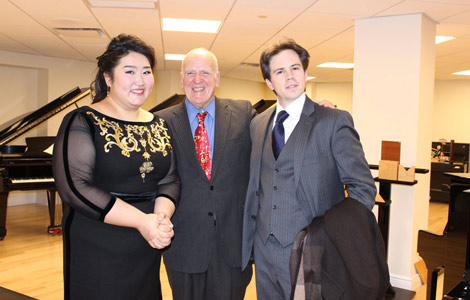
 Music at her fingers
Music at her fingers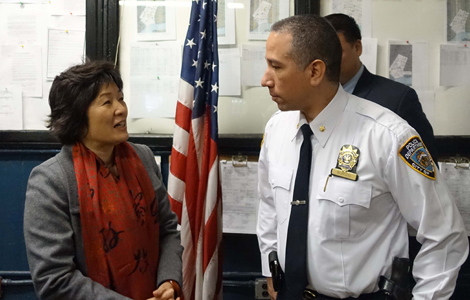
 Across America Over the Week (Jan 16 - Jan 22)
Across America Over the Week (Jan 16 - Jan 22)
 Spend Chinese New Year in style
Spend Chinese New Year in style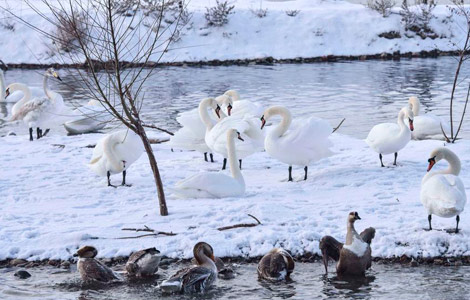
 Ili river valley becomes a popular destination for swans
Ili river valley becomes a popular destination for swans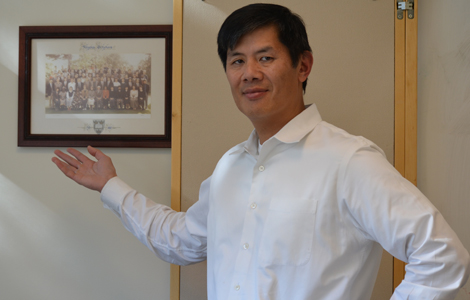
 Philip Ma: from scientist to businessman
Philip Ma: from scientist to businessman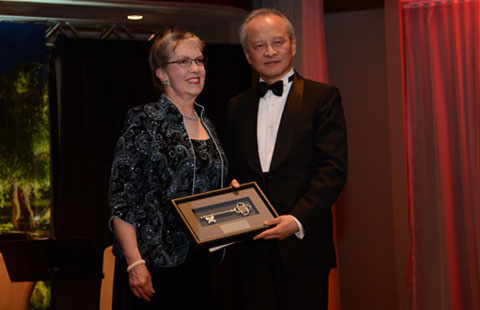
 Birmingham's Spotlight on China dinner
Birmingham's Spotlight on China dinner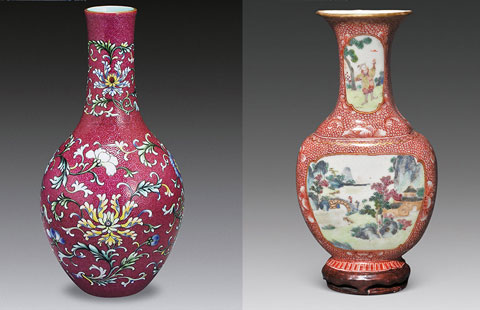
 How to distinguish doucai, wucai, Famille-rose and enamel porcelain
How to distinguish doucai, wucai, Famille-rose and enamel porcelain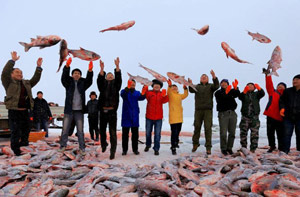
 Xinjiang lake in bumper fishing season
Xinjiang lake in bumper fishing season
Most Viewed
Editor's Picks

|

|
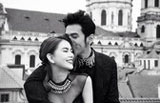
|

|

|
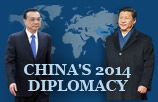
|
Today's Top News
Houston's SW Chinatown
China to focus on reforms, opening of capital market
Slowdown brings new risks to banks
Trade group calls for BIT
Market status for China is 'political' issue
Birmingham's Spotlight on China dinner
Bank takes renminbi-clearing seriously
Traditional Garb
US Weekly

|

|








